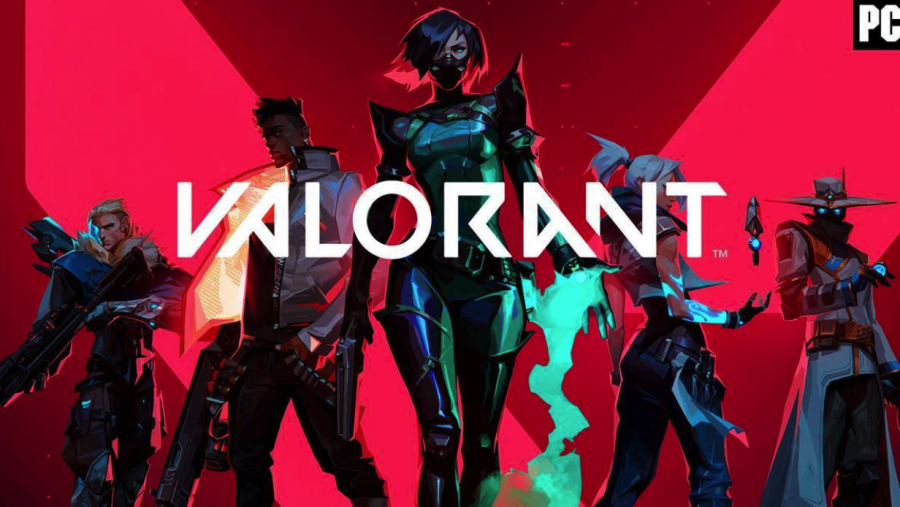The Angst of Playing VALORANT
Image Courtesy of: https://www.stanforddaily.com/2020/09/01/the-best-part-about-valorant-its-potential/
March 10, 2021
As esports continues to evolve throughout each day and year, new games from reputable studios have started to take a prominent place in the esports scene, ranging from battle royales to team fighters: one of these games is VALORANT, made by the same minds behind League of Legends and Teamfight Tactics. Initially, the game shocked the esports scene worldwide: many were wondering how the game would play out mechanically and strategically. After all, the same people behind what is arguably the most popular MOBA in the world were creating their first FPS game. As details evolved and the closed beta rolled out through Twitch drops, it was discovered that VALORANT employed a simple, but unique and intricate fusion of Overwatch-style abilities and Counter-Strike gunplay that made it stand out from the rest. To add to that, it was insanely simple to run. You didn’t require the latest $700 graphics card in order to run it at a constant, speedy framerate(cough cough Modern Warfare cough cough); heck, you could actually run VALORANT on a random office computer(provided that you put some form of a graphics card in it). You couldn’t deny it: VALORANT was an addicting piece of competitive artwork. However, as the game fully rolled out, so did competitive ranked modes. Naturally, my friends and I took to playing the game as religiously as our schedules could allow, and we were hoping to get a high ranking. Yet as time passed and games continued to result in losses, VALORANT shifted from fun and exciting to a frustrating, angsty mess of poor matchmaking and games.
Since my friends and I are often on at different times, we would never fully reach a full 5-man team unless we filled in those gaps with random teammates. Now, of course, we do get the occasional random teammate who actively voice chats and calls out important info as each round plays out; when that happens, a beautiful fusion of teamplay and gun skills seamlessly lets us push to a solid, well-earned victory. Yet there is also the other chance that we’ll get an unpredictable teammate: one who pushes the most random angles, never fully fulfills their agent’s role, never coordinates with the team, goes AFK(away-from-keyboard), or disconnects before the game finishes. While this isn’t the single, most punctual reason as to why we lose, these teammates display a frustrating reality within the fill-matchmaking system. Unless you can get a full 5-man team, expect the chance of getting a bad teammate to fill in the gaps.
Now, of course, since that isn’t the only reason for our frustration, there is another source that must be discussed: the PVP and ranking itself. Take my friend: after getting placed in a high rank after placement matches, he manages to consequently lose his placement after 7 consecutive losses and demotes all the way to Silver. That doesn’t make sense, now does it? After all, if you immediately place into a rank, shouldn’t you perform the same as before? Not to mention, the angst that comes with losing a VALORANT match is significantly higher than in any other game. In Apex Legends, one can find that it’s much easier to identify the main issue that brought down the team. Bad positioning, gunplay, or others can be easily identified. Meanwhile, VALORANT’s PVP system can be best described as a hot, janky mess at the worst times; because even though your crosshair may be on their head, or on their body in general, your gun may decide to do its own thing and shoot somewhere else, or outline their heads and leave one at confusion.
This is not to say that VALORANT isn’t fun. It’s a unique game that absolutely deserves the recognition it has garnered, and even more. At its best times, it can make its players feel like 500IQ aim beasts with better game sense and strategy than Shroud or Aceu. Yet at its worst, it can equally drain the motivation and pride that a player has and easily shroud what went wrong in a ridiculous camaraderie of misused Phoenix blinds, Odin wall bangs, and unlucky peaks.
